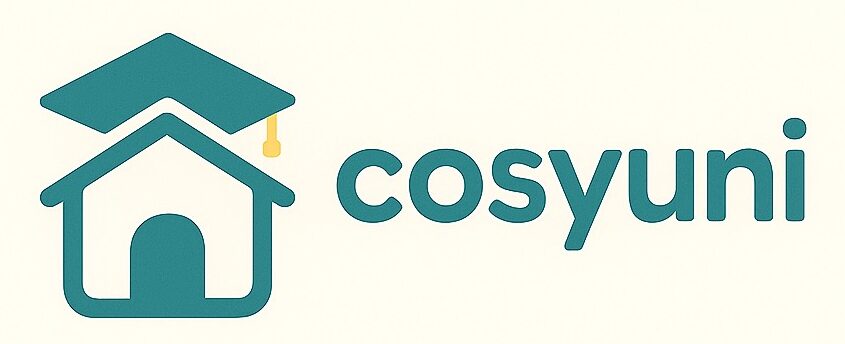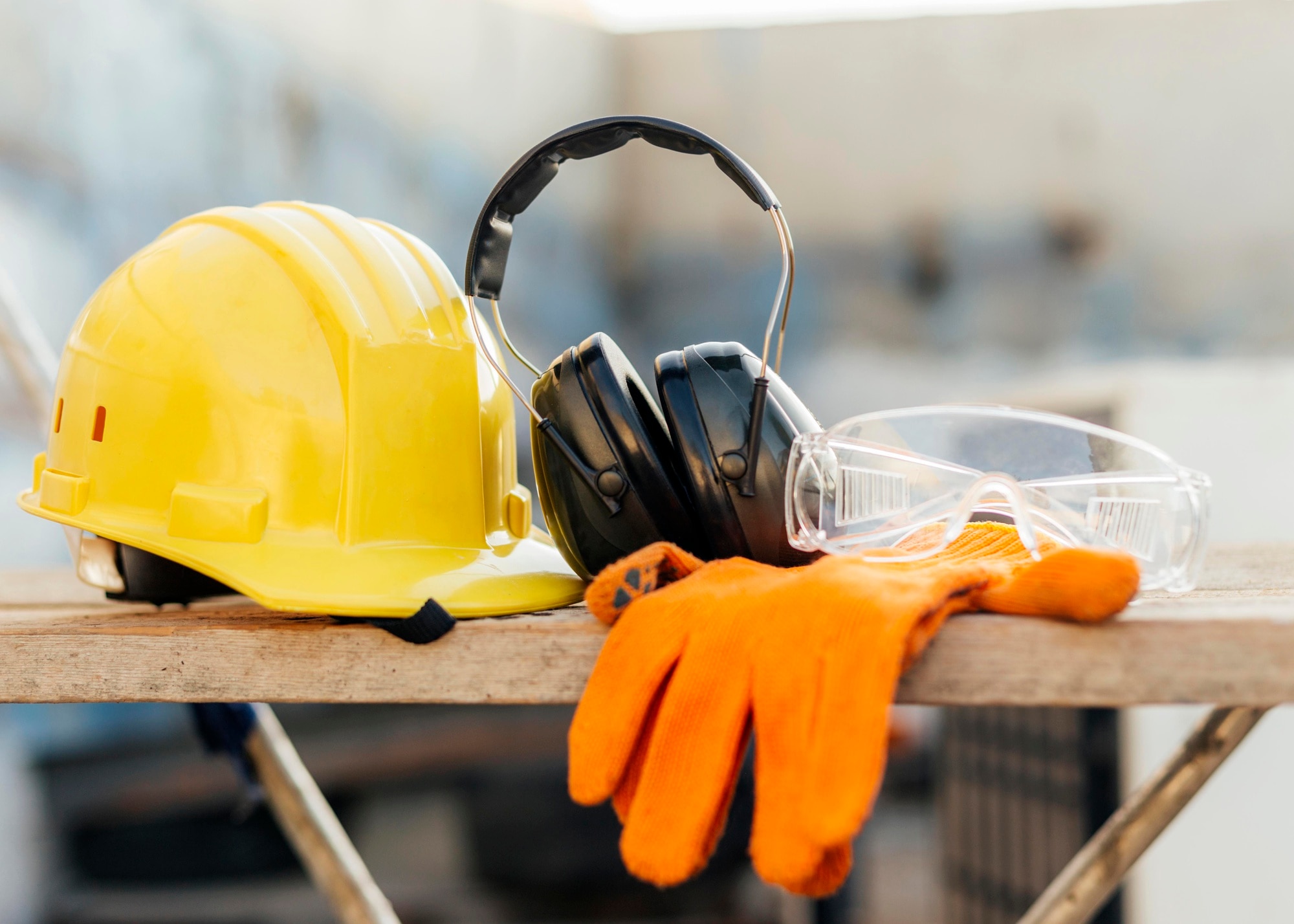Though mold and mildew can both develop on damp surfaces within 24 to 48 hours, they differ in appearance and potential health effects.
Mildew usually poses minimal health concerns, though it may cause mild respiratory irritation. It often begins as small surface dots that expand outward, appearing gray, white, or light brown. It typically has a flat, powdery texture and may give off a distinct, unpleasant smell.
Mold, on the other hand, can release allergens, irritants, or toxins that may provoke allergic reactions or asthma symptoms. Mold has a fuzzy or raised texture and often gives off a strong, musty odor, especially in poorly ventilated areas. It commonly appears in darker colors such as black, green, or red. In some cases, it may be mistaken for dirt.

